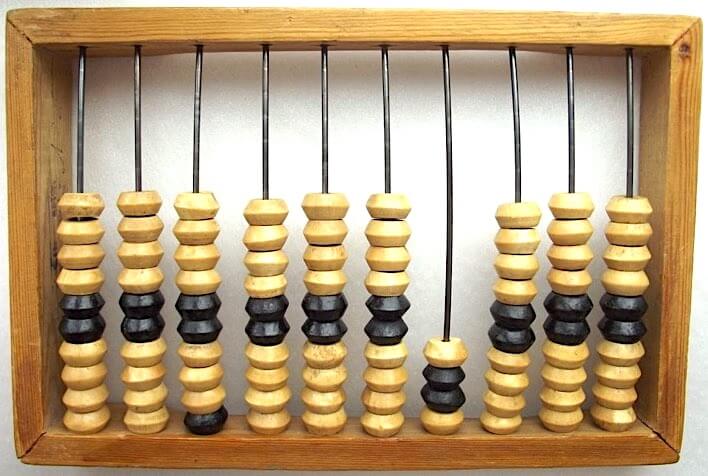

The first two belonged to a favourite Arabic type, the indeterminate, which had been developed by the 3rd-century Greek mathematician Diophantus.
#Who invented abacus series
In the 1220s Fibonacci was invited to appear before the emperor at Pisa, and there John of Palermo, a member of Frederick’s scientific entourage, propounded a series of problems, three of which Fibonacci presented in his books. The Liber abaci, which was widely copied and imitated, drew the attention of the Holy Roman emperor Frederick II. In 1220 Fibonacci produced a brief work, the Practica geometriae (“Practice of Geometry”), which included eight chapters of theorems based on Euclid’s Elements and On Divisions.

Most of the work was devoted to speculative mathematics- proportion (represented by such popular medieval techniques as the Rule of Three and the Rule of Five, which are rule-of-thumb methods of finding proportions), the Rule of False Position (a method by which a problem is worked out by a false assumption, then corrected by proportion), extraction of roots, and the properties of numbers, concluding with some geometry and algebra.

The techniques were then applied to such practical problems as profit margin, barter, money changing, conversion of weights and measures, partnerships, and interest.

The first seven chapters dealt with the notation, explaining the principle of place value, by which the position of a figure determines whether it is a unit, 10, 100, and so forth, and demonstrating the use of the numerals in arithmetical operations. When Fibonacci’s Liber abaci first appeared, Hindu-Arabic numerals were known to only a few European intellectuals through translations of the writings of the 9th-century Arab mathematician al-Khwārizmī. Quiz: Ancient Illustrations Showing Us the Way
#Who invented abacus how to
COVID-19 Portal While this global health crisis continues to evolve, it can be useful to look to past pandemics to better understand how to respond today.Student Portal Britannica is the ultimate student resource for key school subjects like history, government, literature, and more.Demystified Videos In Demystified, Britannica has all the answers to your burning questions.This Time in History In these videos, find out what happened this month (or any month!) in history.#WTFact Videos In #WTFact Britannica shares some of the most bizarre facts we can find.Britannica Classics Check out these retro videos from Encyclopedia Britannica’s archives.Britannica Explains In these videos, Britannica explains a variety of topics and answers frequently asked questions.


 0 kommentar(er)
0 kommentar(er)
